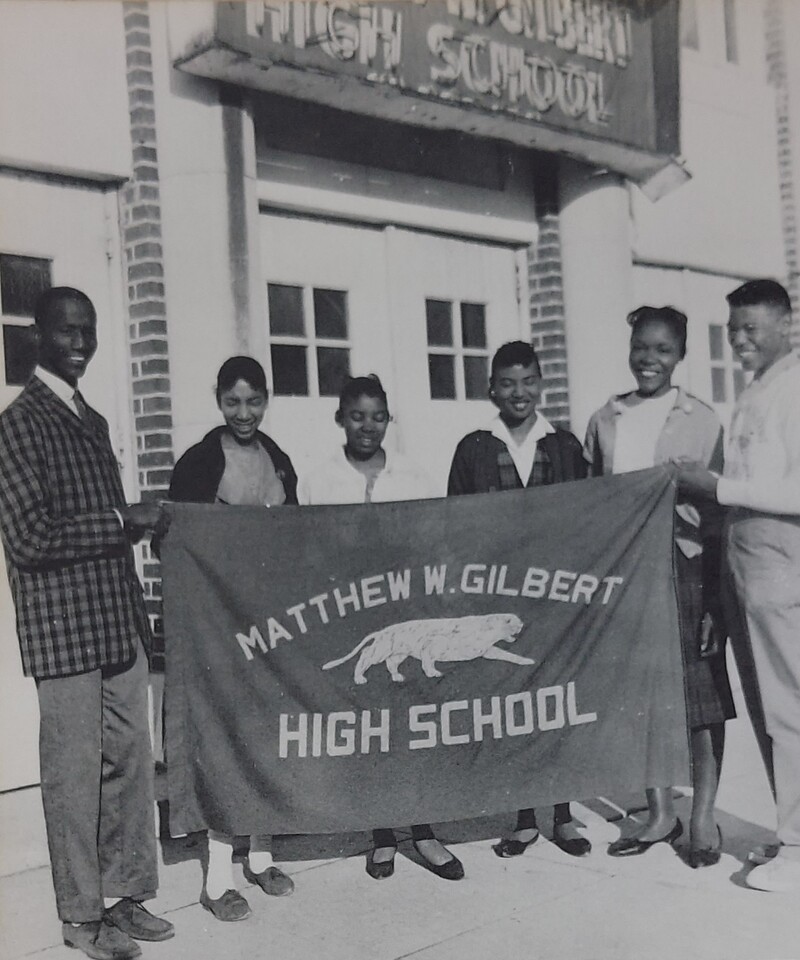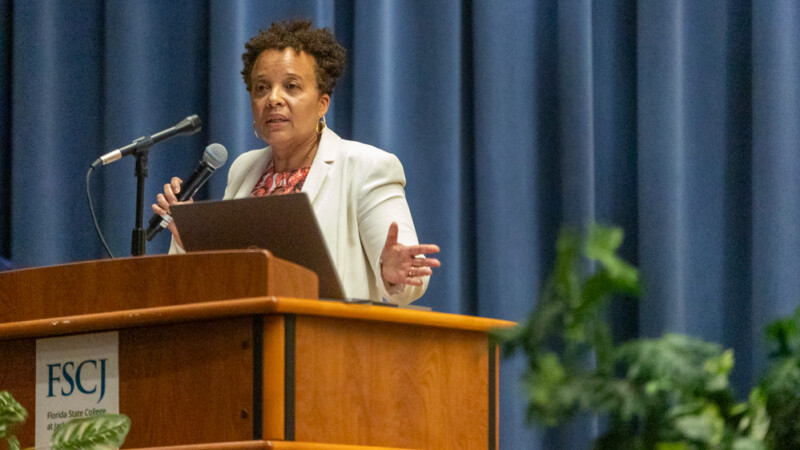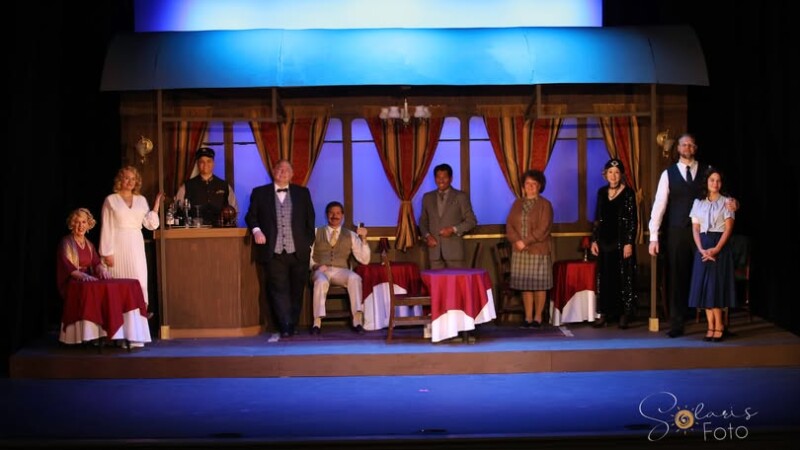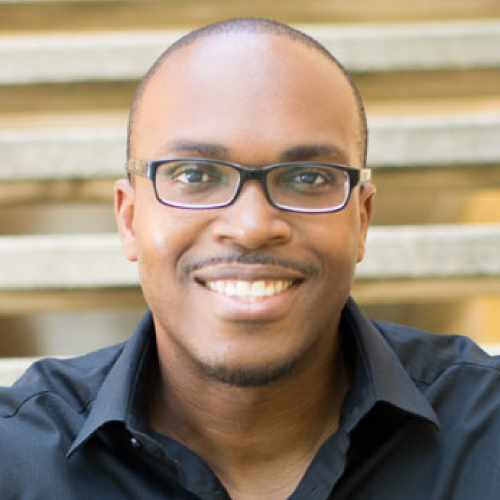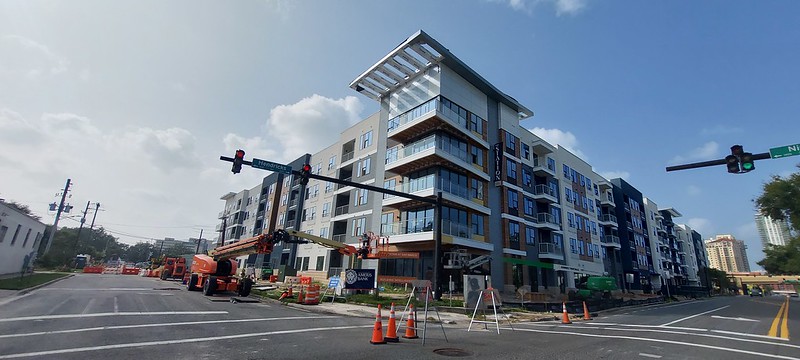
Here’s a photographic journey into the history of various sites in Jacksonville’s Eastside community. Established in 1869, the Eastside is one of the city’s oldest urban neighborhoods and currently home to Downtown’s Sports and Entertainment District.
1. The Florida Baptist Academy
In 1892, the Florida Baptist Academy was established by the Rev. Matthew Gilbert, the Rev. J.T. Brown and Sarah Ann Blocker. Originally located on East 6th Street between Harrison and Franklin streets, the higher educational institution was founded to espouse education in industry, teaching, agriculture and mechanics, along with “domestic arts” and religious training. John Rosamond Johnson, the composer of “Lift Ev’ry Voice and Sing,” was a noted faculty member of the college, recruited by then President Nathan White Collier. Zora Neale Hurston was an early student. Eventually expelled, she went on in life to become an internationally known folklorist, anthropologist, author, and key figure of the Harlem Renaissance.
In 1918, the Florida Baptist Academy relocated the Old Homes Plantation in St. Augustine. The school also changed its name to the Florida Normal and Industrial Institute. In 1941, the school merged with Live Oak’s Florida Baptist Institute, changing from a junior college into a four-year liberal arts program. There, Hurston spent time as a part-time professor while completing her autobiography, Dust Tracks on a Road. The early 1960s brought another name change – this time, to Florida Memorial College. In 1968, the school relocated to present-day Miami Gardens. And in 2006, Florida Memorial College changed its name to Florida Memorial University.
2. Matthew W. Gilbert High School
1424 Franklin St.
The Eastside suffered a cultural and educational loss when its only school, the Florida Baptist Academy, relocated to St. Augustine in 1918. The community then lobbied the Board of Education of Duval County for a replacement school on the former Baptist Academy site. As a result, the Franklin Street Public School No. 146 opened its doors in 1927. The two-story brick structure was designed by local architect Roy Benjamin. Originally an elementary school, the public school was expanded into a junior high in 1939 and, in 1944, the school’s name was changed to Matthew William Gilbert in honor of the president of the Florida Baptist Academy and pastor of Bethel Baptist Institutional Church.
In 1950, the school was converted into the Matthew William Gilbert Junior-Senior High School. Notable alumni include Henry Lee Adams, Jr., the first African American judge in the federal Middle District of Florida, and Bob Hayes, the only athlete to win both an Olympic gold medal and an NFL Super Bowl ring. Forced to integrate its school system in 1971, the Duval County School Board closed the high school in 1971 and reverted the property into a junior high.

3. C.M. Shaw Funeral Home
900 block of East Union Street

Now the home of Buster Ford Checkerboard Park, the property at the intersection of East Union Street and A. Philip Randolph Boulevard was developed between 1989 and 1995. In coordination with the city of Jacksonville, the Eastside Legacy Business Council, LIFT Jax and other community stakeholders are working on a plan to renovate the park as a part of ongoing efforts to revitalize the A. Philip Randolph Boulevard corridor.
4. Willie Smith’s Florida Cut Rate Pharmacy
1230 Florida Ave.

Willie Smith operated pharmacies in the Eastside and LaVilla neighborhoods, just outside of Downtown Jacksonville. This building at 1230 Florida Ave. was completed in 1937. Here’s a view of its interior:

5. The Debs Store
1478 Florida Ave.
For nearly 100 years, the red brick building at the southwest corner of Florida Avenue and East 5th Street was an important symbol of vitality and life in the Eastside. Built in 1913 by African American contractor Edward D. Mixson, the Debs Store operated as an old fashioned neighborhood grocery market for the Eastside community. During the late 1920s, the property was acquired by Nicholas and Rosa Debs. Prior to the purchase and moving their family into the second-floor apartment, the Debses briefly operated their grocery business a few blocks east at 1738 Franklin St. after arriving in Jacksonville from Lebanon during the early 1920s.
Over the decades, the Debs Store grew into a neighborhood institution offering fresh produce, meats, dairy and other products. Generations of neighborhood kids grew up knowing to “go to Debs” for their groceries, sundries, newspapers, and any family necessity even if it meant putting the cost of the items “on the book” until such time as the family could pay. These same kids sent their kids and their kids’ kids to Debs daily to buy everything from fresh greens to handkerchiefs.
It also became a place where neighborhood children were hired to stock shelves and make deliveries by bike. Following the end of World War II, sons Nick and Eugene Debs took over the business. The brothers continued to operate the Debs Store until they became too ill to maintain the business. When Eugene Debs passed in 2006, the family arranged for the funeral procession to travel along Florida Avenue and stop in front of the store, allowing a block of neighbors and friends lined on both sides of the street to greet Gene as he passed the store for the final time. Nicholas continued to run the business until falling ill shortly before his death in 2011.
This historically significant site in the Eastside community is currently being restored into a grocery market and financial services hub designed to honor the past while also contributing to the economic stabilization of the surrounding community.
6. Anderson Department Store
965 A. Philip Randolph Blvd.

Dating back to 1909, The Anderson Department Store was operated by Richard Anderson. Charlotte Scott Anderson Lewis, Richard’s mother, was married to the father of A.L. Lewis, the longtime president of the Afro-American Life Insurance Co. Born enslaved on the Sessions Plantation in Savannah, Georgia, and known to many as “Aunt Charlotte,” she became one of Jacksonville’s most wealthy African American women by the early 20th century. Her assets included land in what is now Arlington, Jacksonville Beach, several properties throughout the Eastside, a laundry business, a truck garden, store and warehouse. Despite not being able to read and write, Aunt Charlotte amassed a fortune by the time of her death in 1928. On property that she acquired, her son Richard lived above and operated the store until his death in 1960.
7. Kerr McGee Chemical Co.
1611 Talleyrand Ave.

Adjacent to the St. Johns River and Deer Creek, the site operated as a fertilizer formulating, packaging, and distributing facility dating back to 1893 when it opened as the Wilson and Toomer Co. Kerr McGee Chemical Co. operated the two plants at the site until it closed in 1978. Kerr McGee also produced sulfuric acid in an on-site plant for use in the fertilizer manufacturing process and for a time operated a steel drum reconditioning facility near the pesticide storage warehouse. After sulfuric acid production was discontinued in 1972 and superphosphate fertilizer production was discontinued in 1976, fertilizer-blending operations ceased in 1978. The site’s buildings were demolished in 1989, with the exception of three raised foundations, long abandoned and contaminated.
A Superfund site, the Talleyrand Avenue property is in the midst of a $60 million remediation. Once the site is cleaned up, building materials company CertainTeed Gypsum Product Group plans to redevelop the property as a terminal for moving material to its drywall plant in Palatka. Once operational, CertainTeed’s dock will be equipped with a bulkhead, a conveyor, an unloading ramp, truck staging areas and a small office. Approximately 32 new full-time jobs will be created at the facility by the end of 2024.
8. Commodores Point Terminal Co.
2029 E. Adams St.

The Commodores Point Terminal Co. was incorporated in 1915, and warehousing and terminal operations started two years later. Its construction included the creation of a 1-mile bulkhead and reclamation of 135 acres of land. Then, sitting between the terminal tracks of the Atlantic Coast Line and Seaboard Air Line Railway companies, railroad tracks on the property created a connection between the ACL and SCL, allowing access to both competing railroads.
During the early 20th century, Jacksonville was a major turpentine production center. One particular kind that was prevalent in North Florida in particular was Oleoresin, better known to turpentiners as “pine resin.” This natural byproduct of certain types of pine trees would be extracted from the trees by laborers and then distilled to make what was known as “spirit turpentine.” The turpentine was originally used for sealing wooden ships to protect against leaks, which is why it eventually was given the nickname “naval stores.”
Much of the turpentine and rosin in the region was stored and exported at Commodores Point’s Jacksonville Naval Stores Yard. The shipping terminal was also designed for the handling of lumber and other forest products and home to many warehouses. Recently, Chesapeake, Virginia-based Fincantieri Marine Systems North America announced plans to establish a $39 million shipyard at Commodores Point. Fincantieri Marine intends to hire more than 300 employees for a federal contract to repair Navy ships.
9. Union Terminal Warehouse Co.
700 E. Union St.

Completed in 1913, the building was the brainchild of C.B. Gay. After his syrup manufacturing plant was destroyed by fire, Gay decided to organize the terminal company instead of rebuilding his plant. Intending to cater to wholesale grocery firms in town, Gay envisioned a facility that would save its tenants money by reducing their insurance rates, drayage bills, and transportation costs. Gay’s belief that the Union Terminal Warehouse Co. would be attractive to Jacksonville’s 32 wholesale grocery companies turned out to be true. Early food-based tenants in the building included AM Grocery Co., Loose-Wiles Biscuit Co., and Whiddon’s Cash Stores. James Laseter, president of the Jacksonville Wholesale Grocers Association, even called the Union Terminal Warehouse “the finest and most practical form of Christmas present any city could receive.”
In its glory days, the Union Terminal Warehouse Co. offered a plethora of amenities to railway users.For one, the Union Warehouse had a Pool Car Distribution system, allowing a “pool,” or like-group, of shippers to share cars. Furthermore, pool cars could be stored until needed, and any member of a “pool” could use them.
Atlanta-based Columbia Ventures is now in the process of renovating the property, which was recently listed on the National Register of Historic Places and is Florida’s first Historic Tax Credit project in a Federal Opportunity Zone. Intended to be a catalyst for economic development and revitalization in the Eastside, when complete, the $72 million adaptive reuse project will include 228 apartments, 20,233 square feet of community commercial space, 24,607 square feet of maker/artist studio space, and 4,205 square feet of restaurant and coffee shop space.
10. The intersection of Florida Avenue and East Union Street
700 block of A. Philip Randolph Blvd.

By the 1920s Florida Land Boom, Florida Avenue had become known as “The Avenue,” the Eastside’s version of LaVilla’s Ashley Street. A center of segregation-era Black commerce for residents living east of Hogans Creek, The Avenue stretched several blocks between the Jacksonville Shipyards and East 8th Street and was the place to see and be seen, connected to Downtown with a streetcar line that ran down its center. A dense, pedestrian-friendly strip, its line of mixed-use buildings were occupied by mom-and-pop businesses, restaurants and clubs, including the Blue Ridge Inn, Charlie Joseph’s grocery store, Johns Furniture and Bill’s Clothing. Famed neighborhood residents who once frequented this strip include internationally known individuals like Philip Randolph and Zora Neale Hurston, A.L. Lewis and Bullet Bob Hayes. Florida Avenue, south of East First Street, was renamed A. Philip Randolph Boulevard in 1995.
11. Superior Iron & Metal Co.
In vicinity of present-day East First Street

During the Eastside’s formative years, Palmetto Street, between East First and Second streets was the site of S.S. Goffin’s Kaufman Metal Company and the McGrughey & Lovelace Co. planing mill. Goffin also developed commercial properties in Springfield and operated an oyster harvesting business in Nassau County’s Nassauville community. His Kaufman Metal Co. eventually expanded, consuming the planing mill property before becoming the Superior Iron & Metal Co. In 1969, the industrial site was redeveloped into the Robert F. Kennedy Community Center, gymnasium and park.
12. Mount Olive African Methodist Episcopal Church
841 Franklin St.

The Mount Olive A.M.E. Church was designed by Richard Lewis Brown and built in 1922. Born into slavery in 1854 in Abbeville, South Carolina, Brown was regarded as the city’s first known African American architect (and probably the most well-known African American architect and builder). Brown was also elected to the Florida House of Representatives in 1881, serving two consecutive terms.
In addition to Mount Olive, Brown is also credited with building Centennial Hall on the campus of Edward Waters University. Brown resided in the Eastside on an estate he designed to have a similar layout to the plantation he was born on. Brown died in 1948 at the ripe old age of 94. Following his death, his Eastside property was donated to the Duval County School Board, becoming the present day site of R.L. Brown Gifted and Talented Academy.
13. The intersection of Florida Avenue and First Street
1000 Block of A. Philip Randolph Blvd.

The intersection of Florida Avenue and East First Street during the 1940s. | Ritz Theatre & Museum
This intersection was the central focal point of the neighborhood’s business district prior to desegregation. Lost to urban renewal, much of the property surrounding this intersection has since been redeveloped into the offices for the city’s Kids Hope Alliance and A. Philip Randolph Heritage Park.


